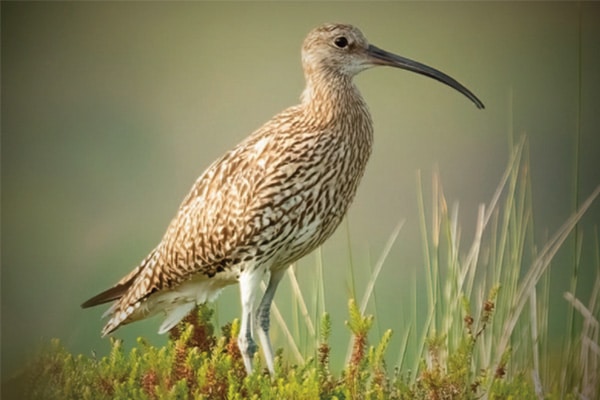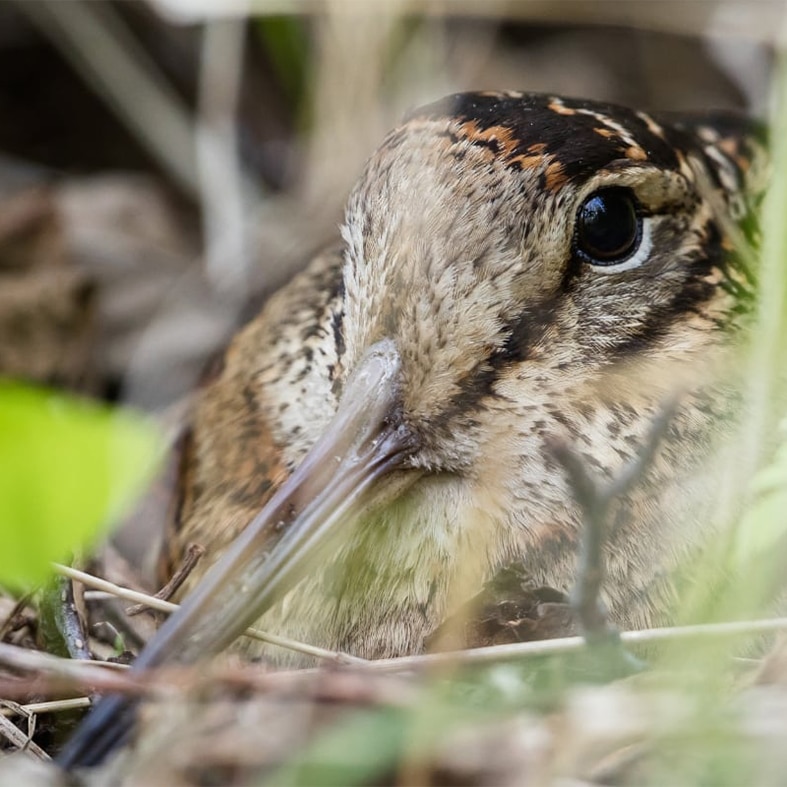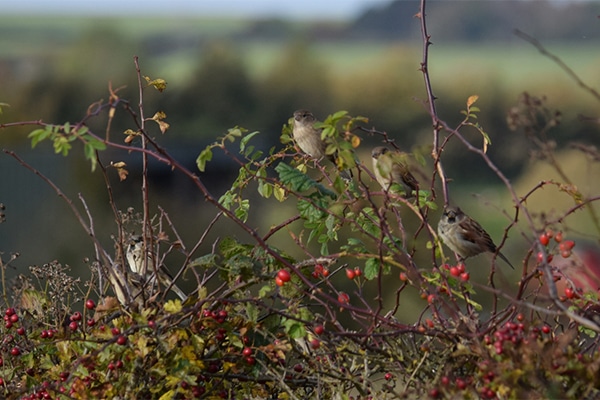
More than a grouse moor
We have launched a series of images to highlight the significant wider benefits arising from grouse moor management.
Get information on the legal shooting season for mammals and birds in the UK.
Learn about our current conservation projects and how you can get involved.
Comprehensive information and advice from our specialist firearms team.
Everything you need to know about shotgun, rifle and airgun ammunition.
Find our up-to-date information, advice and links to government resources.
Everything you need to know on firearms law and licensing.
All the latest news and advice on general licences and how they affect you.


Woodcock are found in most parts of Britain except in areas of high ground. However, a combination of its epic woodland camouflage (bill like a stick, feather like a leaf) and secretive, night-time behaviour, the woodcock is surprisingly stealthy given its bottom-heavy, pot-bellied body shape.
This broadly nocturnal bird is often spotted by accident, flushed from scrubby cover in the daytime. At night, and especially in winter, many woodcock move from their woodland cover to open fields, probing the soil for earthworms and other invertebrates with their long, well designed bills. Your best chance to see or hear a woodcock is during late-spring into early summer when ‘roding’ displaying males flying low and straight over treetops at dusk.
So let us step away from our feathered friend for a moment and look at the gardener’s best friend, the humble earthworm.
Earthworms enhance soil conditions by improving the structure and nutrients within it. They need moist conditions: not too dry, not too water-logged, neutral soils, and plenty of decaying plant matter for them to eat. These ‘Goldilocks’ conditions for earthworms, and the hungry woodcock, are found predominantly in grazed meadows, with almost 5 times more earthworms here than cultivated fields.

We have launched a series of images to highlight the significant wider benefits arising from grouse moor management.

The government is encouraging the creation of more hedgerows – and that will be a win for shooting and conservation.

The Agriculture (Wales) Act will make it illegal to use snares in Wales, despite the threat to species conservation and livestock protection.
Sign up to our weekly newsletter and get all the latest updates straight to your inbox.
© 2023 British Association for Shooting and Conservation. Registered Office: Marford Mill, Rossett, Wrexham, LL12 0HL – Registered Society No: 28488R. BASC is a trading name of the British Association for Shooting and Conservation Limited which is authorised and regulated by the Financial Conduct Authority (FCA) under firm reference number 311937.
If you have any questions or complaints about your BASC membership insurance cover, please email us. More information about resolving complaints can be found on the FCA website or on the EU ODR platform.
This website uses cookies so that we can provide you with the best user experience possible. Cookie information is stored in your browser and performs functions such as recognising you when you return to our website and helping our team to understand which sections of the website you find most interesting and useful.
Strictly Necessary Cookie should be enabled at all times so that we can save your preferences for cookie settings.
If you disable this cookie, we will not be able to save your preferences. This means that every time you visit this website you will need to enable or disable cookies again.
This website uses Google Analytics to collect anonymous information such as the number of visitors to the site, and the most popular pages.
Keeping this cookie enabled helps us to improve our website.
Please enable Strictly Necessary Cookies first so that we can save your preferences!
More information about our Cookie Policy